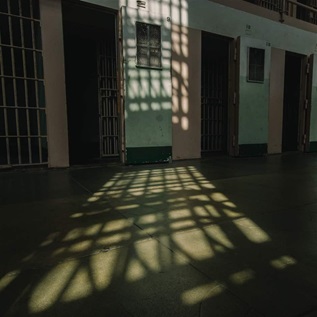Public Safety in Kansas
In April 2016, Kansas Governor Sam Brownback signed into law a comprehensive juvenile justice legislation that will protect public safety, focus state resources on the serious offenders, increase accountability, and improve outcomes for youth, families, and communities. The legislation, Senate Bill 367, is expected to reduce the number of youth sent to out-of-home facilities by more than half and save $72 million over the next five years.
Senate Bill 367, emerged through a bipartisan, inter-branch process initiated by the governor, Chief Justice Lawton Nuss, and legislative leadership The new law is based on policy recommendations from the Kansas Juvenile Justice Workgroup, a bipartisan, interbranch working group established in June 2015, to analyze the state’s juvenile justice system and recommend ways to improve their system. With technical assistance from Pew, the bipartisan, 17-member Workgroup analyzed key data from every stage of the juvenile justice system, gathered input from more than two dozen roundtable discussions with stakeholder groups such as law enforcement, crime victims, and judges, and reviewed research on effective ways to reduce juvenile delinquency. In November, the Workgroup issued a report with its findings and the policy recommendations that formed the basis for SB 367.
Although Kansas reduced its juvenile commitment rate by 38 percent from 1997 to 2011, the state lagged the rest of the nation, which saw a 48 percent decline during the same period. The working group will receive technical assistance from Pew as it evaluates data and develops policy reform proposals for consideration during Kansas’ 2016 legislative session.
"The Justice Reinvestment approach will help to increase the efficiency and effectiveness of our criminal justice system, which will ultimately make our state an even safer place to live and work."Governor Sam Brownback (R)
The examination of the state’s juvenile justice system follows the passage of two laws to overhaul the state’s adult correctional policies through the justice reinvestment process. In 2013, Gov. Brownback signed H.B. 2170, which strengthened supervision agencies, prioritized resources for higher-risk individuals, and established progressive sanctions for repeat offenders. The measure is expected to avoid $56 million in projected prison operating costs and $25 million in construction costs between 2014 and 2018. At the same time, Kansas invested $2 million of the savings in community-based behavioral health treatment resources. The overhaul followed recommendations by another bipartisan, interbranch working group, which received technical assistance from the Council of State Governments Justice Center.
In 2007, Kansas lawmakers enacted sentencing and corrections reforms to curb the rapid growth of the state prison population, which was projected to increase 22 percent over 10 years and cost taxpayers nearly $500 million. The law invested millions in community and substance abuse services and created an incentive for offenders to complete educational, vocational, and treatment programs before their release.











